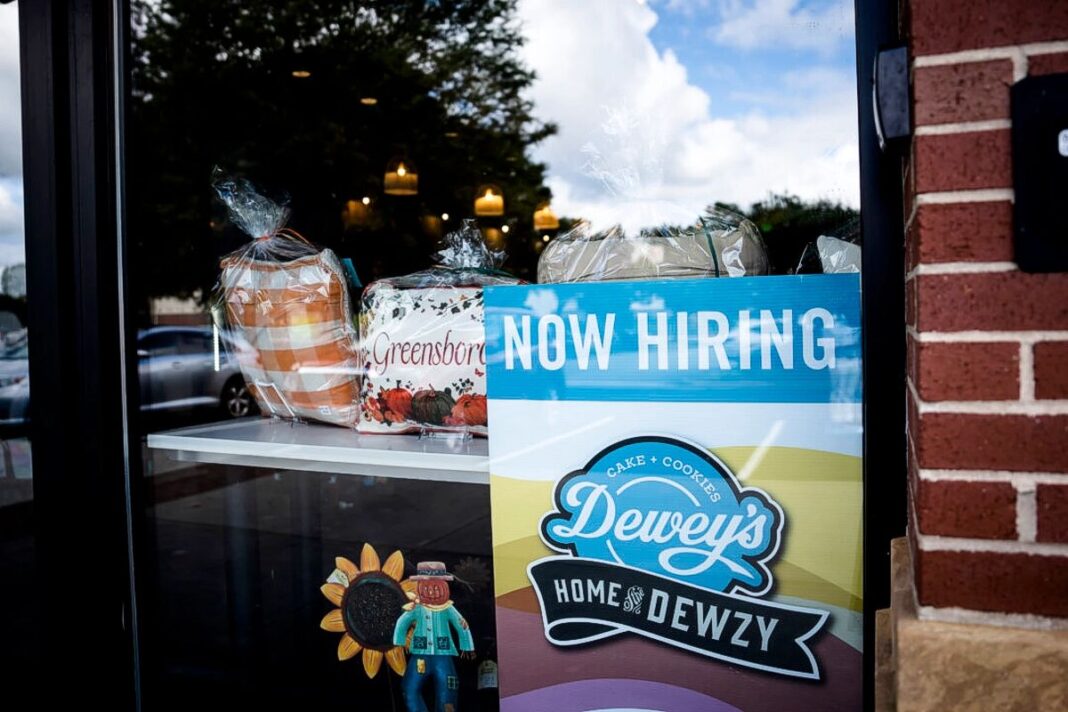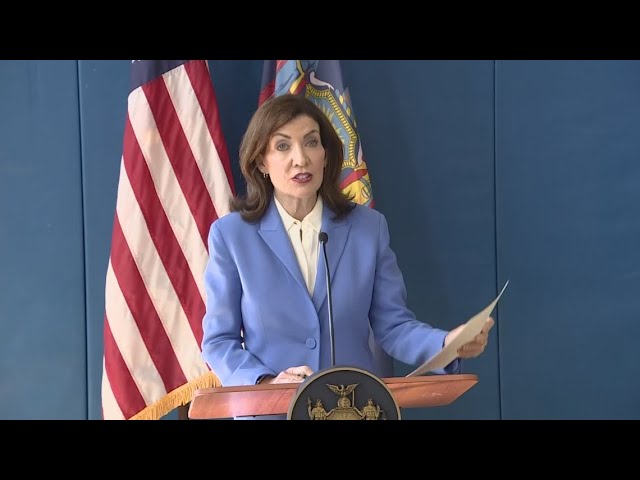Average hourly earnings rose by 0.3 percent.
U.S. job growth slowed in August, fueling concerns about a sharp slowdown unfolding in the labor market.
According to the Bureau of Labor Statistics, the economy created 22,000 new jobs in August, from an upwardly revised 79,000 in the previous month.
The unemployment rate ticked up to 4.3 percent from 4.2 percent in July.
Median estimates from FactSet Insights had projected 80,000 new jobs and a jobless rate of 4.2 percent.
Average hourly earnings rose by 0.3 percent, unchanged from the previous month. On a year-over-year basis, the increase in average hourly earnings slowed to 3.7 percent from 3.9 percent.
Health care and social assistance, which have accounted for a sizable share of this year’s employment gains, added 31,000 and 16,000 jobs, respectively.
Federal government employment continued its downward trend, falling by 15,000 last month. So far this year, federal payrolls have fallen by 97,000. However, the bureau cautioned that the numbers could be higher than what is currently being reported.
“Employees on paid leave or receiving ongoing severance pay are counted as employed in the establishment survey,” the report stated.
Wholesale trade and manufacturing employment each declined by 12,000.
“Today’s report evidences further softening in the jobs market,” Ed Maguire, senior managing director at Freedom Capital Markets, said in a note emailed to The Epoch Times.
But while tariff and artificial intelligence uncertainty persist, “the impact of recent tax law changes encouraging investment does appear to bolster underlying resilience in the U.S. economy,” Maguire added.
“Net-net we appear in Goldilocks territory, with enough underlying strength to offset tepid jobs data.”
Revisions, meanwhile, have been a key component of the monthly jobs reports.
The change in total employment for June was revised lower again, indicating the economy lost 13,000 jobs. Conversely, July’s reading was adjusted higher by 6,000, to 79,000.
In July, the bureau reported that May and June figures were adjusted lower by a combined 258,000, which prompted President Donald Trump to terminate commissioner Erika McEntarfer. He later nominated Heritage Foundation chief economist E.J. Antoni for the position.
Deteriorating data quality has been a critical issue for the federal agency in recent years, with lower monthly survey response rates playing a factor.
Meanwhile, in the household survey data portion of the nonfarm payrolls report, the number of employed full-time workers declined by 357,000. Part-time workers surged by 597,000.
The number of new entrants in the labor force—unemployed individuals who are searching for their first job—declined by 199,000 to 786,000.
The number of individuals classified as being jobless for 27 weeks or more—the long-term unemployed—was little changed at 1.9 million.
The labor force participation rate was flat at 62.3 percent, while the employment-population ratio was unchanged at 59.6 percent. Average weekly hours were unchanged at 34.2.
Individuals working two more jobs increased by more than 400,000 to 8.785 million.
By Andrew Moran








